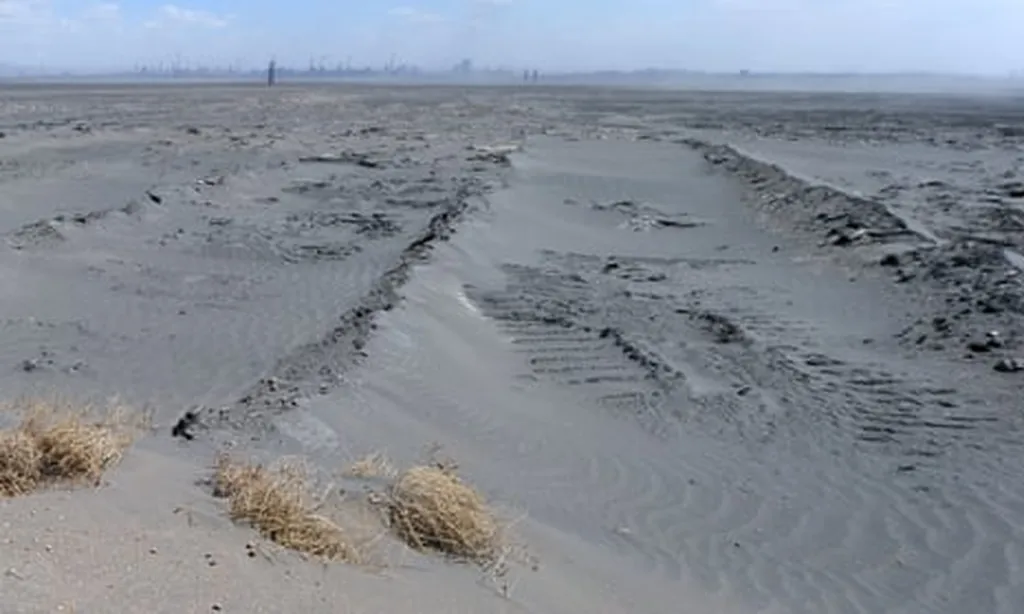In the heart of China’s agricultural landscape, a groundbreaking study is reshaping our understanding of resource management and sustainability. Published in the journal *Nature Scientific Reports* (translated from Chinese), the research, led by Hai Qi from the School of Economics and Management at Hebei University of Science and Technology, delves into the intricate balance of resource investment, environmental emissions, and agricultural yields in the provinces of Hebei, Shanxi, Shandong, and Henan—regions often referred to as the “four provinces of mountains and rivers.”
The study employs a method known as extended exergy accounting (EEA), a thermodynamic approach that measures the usefulness of resources invested in agriculture and the yields of strategic importance. By converting all fluxes—energy, materials, environmental emissions, labor, capital, and yields—into joules, the researchers gained a comprehensive view of the agricultural sector’s resource dynamics.
One of the most striking findings is the dominant contribution of natural environmental exergy, valued at 9.92 exajoules (EJ), to the agricultural sector. “This highlights the immense value of natural resources in sustaining agricultural productivity,” Qi explained. In contrast, the exergy values of labor and capital were significantly lower, indicating a potential area for improvement in resource allocation.
The study also revealed that emissions, particularly animal wastes, accounted for 80% of the total emissions, surpassing non-renewable resource inputs. This finding underscores the urgent need for sustainable waste management practices in the agricultural sector.
Shandong province stood out with a resource conversion efficiency of 0.46, higher than both the regional average and the national average. “Shandong’s efficiency is a benchmark for other provinces,” Qi noted. Meanwhile, Shanxi province showed considerable potential to increase its resource conversion efficiency, presenting an opportunity for targeted interventions and policy measures.
The implications of this research extend beyond the agricultural sector. For the energy sector, understanding the exergy flows and efficiencies in agriculture can inform strategies for renewable energy integration and waste-to-energy conversion. “By optimizing resource use and reducing emissions, we can create a more sustainable and efficient agricultural system that benefits both the environment and the economy,” Qi added.
This study not only provides a diagnostic tool for resource depletion and environmental emissions but also offers a framework that can be adopted in other regions or sectors. As the world grapples with the challenges of climate change and resource scarcity, the insights from this research are more relevant than ever.
In the words of Hai Qi, “The application of extended exergy accounting in agroecological systems is a step towards achieving sustainable development goals. It’s a call to action for policymakers, researchers, and industry stakeholders to collaborate and drive meaningful change.”
As we look to the future, the integration of thermodynamic principles into resource management practices could pave the way for a more sustainable and resilient agricultural sector, ultimately benefiting the energy sector and the broader economy.

